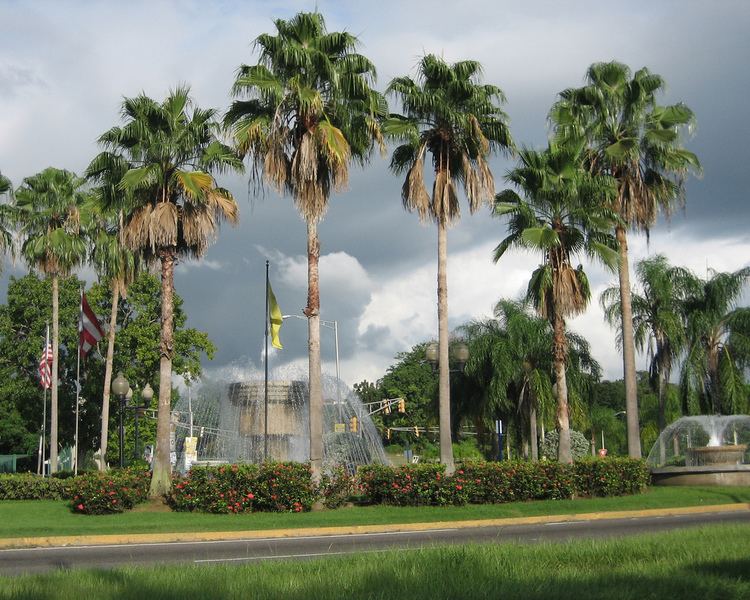Country Puerto Rico Unemployment rate 13.4% (Dec 2014) Area 274.09 sq mi | Founded Faustino Martinez de Matos
Juan de Silva
Juan de Aponte Mayor Jose Guillermo Rodriguez (PPD) Population 87,712 (2011) | |
Points of interest Dr Juan A Rivero Zoo, Joyuda Lagoon, Cathedral of Mayaguez Colleges and Universities University of Puerto Rico at Mayaguez (Mayaguez), Antillean Adventist University (Mayaguez), ICPR Junior College-Mayaguez (Mayaguez), Facultad de Derecho Eugenio Maria de Hostos (Mayaguez), Emmas Beauty Academy (Mayaguez) | ||
Mayaguez is the eighth-largest municipality of Puerto Rico. Originally founded as "Nuestra Senora de la Candelaria" it is also known as "La Sultana del Caribe" (The Sultaness of the Caribbean), "Ciudad de las Aguas Puras" (City of Pure Waters), or "Ciudad del Mango" (City of the Mango). On April 6, 1894, the Spanish crown gave it the formal title of "Excelente Ciudad de Mayaguez" (Excellent City of Mayaquez). Mayaguez is located in the center of the western coast on the island of Puerto Rico. It is both a principal city of the Mayaguez Metropolitan Statistical Area and the Mayaguez–San German–Cabo Rojo Combined Statistical Area.
Contents
Map of Mayaguez, Puerto Rico
History
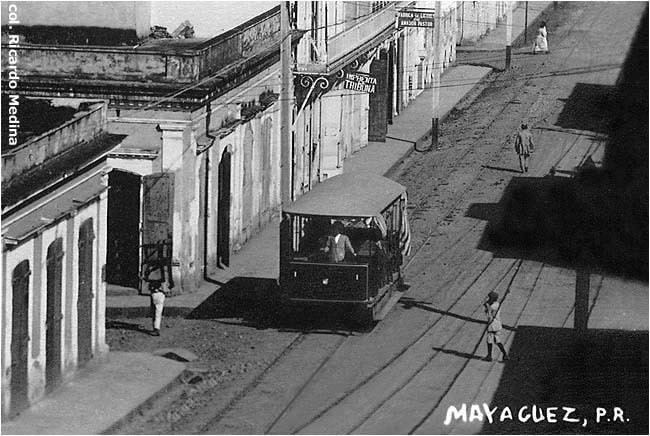
Taino Indians who inhabited the territory, called the island Boriken or Borinquen which means: "the great land of the valiant and noble Lord" or "land of the great lords". Today this word -used in various modifications- is still popularly used to designate the people and island of Puerto Rico. The Taino Indians, who came from South America, inhabited the major portion of the island when the Spaniards arrived. The Taino Indians, lived in small villages, organized in clans and led by a Cacique, or chief. They were a peaceful people who, with a limited knowledge of agriculture, lived on such domesticated tropical crops as pineapples, cassava, and sweet potatoes supplemented by seafood.
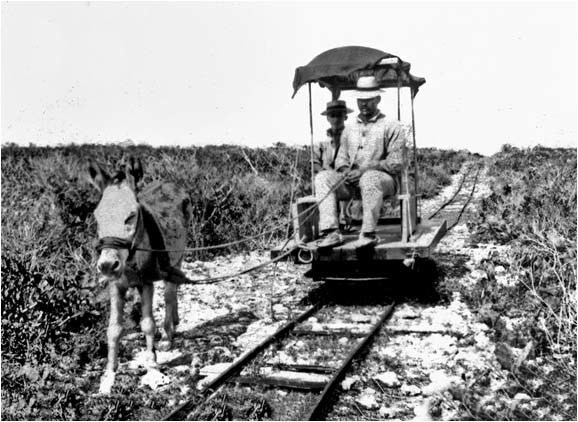
Mayaguez was officially founded on September 18, 1760 by a group led by brothers Faustino and Lorenzo Martinez de Matos, Juan de Silva and Juan de Aponte, at a hill located about one kilometer inland from Mayaguez Bay and the outlet of the Yaguez River. The Spanish Crown granted the founders the right to self-government in 1763, formally separating the town from the larger Partido de San German. Originally the settlement was named Nuestra Senora de la Candelaria de Mayaguez (Our Lady of Candelaria of Mayaguez) to evoke an apparition of the Virgin Mary on the island of Tenerife, one of the Canary Islands. Most of the towns settlers, including its founders, originally migrated from the archipelago, whose patron saint is the Virgin of Candelaria.
On May 7, 1836, the settlement was elevated to the royal status of villa, and Rafael Mangual was named its first mayor. At the time, the villas principal economic activity was agriculture. The famous patriot, educator, sociologist, philosopher, essayist, and novelist Eugenio Maria de Hostos was born in Mayaguez in 1839.
On July 10, 1877 the villa formally received its city charter from the Royal Crown of Spain.
The citys main Roman Catholic church, "Our Lady of the Candelaria" (plot consecrated on August 21, 1760, first masonry building erected in 1780, current church originally built in 1836) was rebuilt in 1922. The original redesign by architect Luis Perocier sought to restore the building to its original splendor. Not only had the 1918 Puerto Rico earthquake destroyed the temples ceiling, but a lightning bolt also struck and tore down a wedge-shaped corner of one of its two bell towers. However, lack of proper funding and the extent of the damage of the original structure forced the actual rebuilding of the to be scaled-down considerably.
In 1911, the College of Agriculture and Mechanic Arts was founded in Mayaguez. Today it is known as the University of Puerto Rico at Mayaguez (UPRM) — the Caribbeans leading science and engineering institution.
Between 1962 and 1998 Mayaguez was a major tuna canning and processing center. At one time, 80% of all tuna products consumed in the United States were packed in Mayaguez (the biggest employer, StarKist, had 11,000 employees working three daily shifts in the local plants heyday). Mayaguez was also a major textile industry hub; until very recently, almost a quarter of all drill uniforms used by the United States Army were sewn in the city.Today, Mayaguez is the fifth-largest city and is considered one of the most important cities in the island. The city itself is centered around the impressive Spanish-style Plaza Colon, a tribute to Christopher Columbus, whose stature stands in the middle of the square, surrounded by 16 bronze statues. In addition, Mayaguez has become a major college town with the establishment of the UPRM, the Eugenio Maria de Hostos Law School and the Pontifical Catholic University of Puerto Rico.
Geography
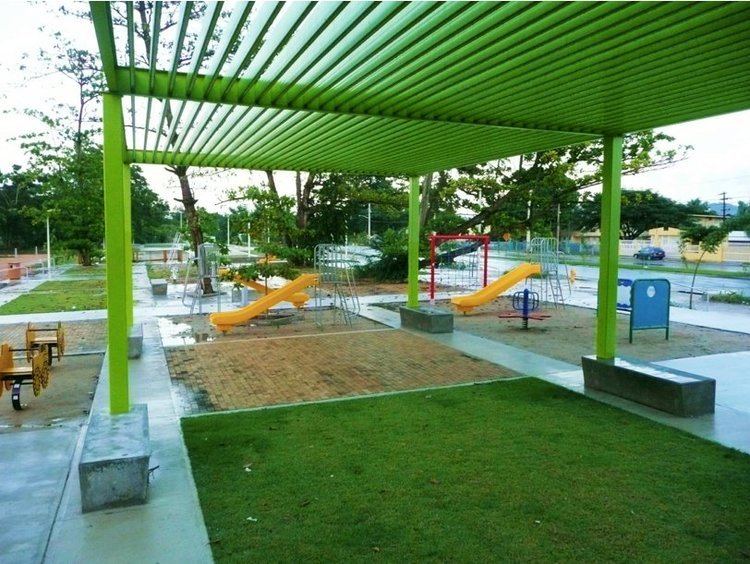
Mayaguez is located near the geographical center of the west coast of Puerto Rico about two hours by automobile from San Juan. Its land area is 77.6 square miles (201.06 km2). The citys terrain includes; coast plains, river valleys, marshland, hills and mountains. Of its multiple rivers and streams, the two most important are the Rio Yaguez, which flows from the Central Mountain Range through downtown until it empties into the Mona Passage; and the Rio Guanajibo, which flows through several neighborhoods in the southern portion of the municipality until it empties in the Mona Passage as well.
Economy
Although the city has seen its share of natural disasters, it faced a major economic downturn due to the closure of its textile factories and tuna industry, which were the principal industries of the city for the greater part of the 20th century. Over 11,000 permanent jobs in these two industries were lost in the city during the 1990s, and because of this, Mayaguez became the jurisdiction of the United States with the second largest number of industrial job losses during the time period, second only to Flint, Michigan. Once the third city in population and importance in Puerto Rico, population numbers for it have been relatively stagnant, and it has actually lost population in recent years.
Culture
Mayaguezs contributions to Puerto Rican gastronomy have been many, and a few of these are known outside Puerto Rico. Besides being host to one of the largest concentrations of mango (spelled locally as "mango") trees in the island, the city has been a host to various food enterprises whose products are popular in Puerto Rico (and some elsewhere):
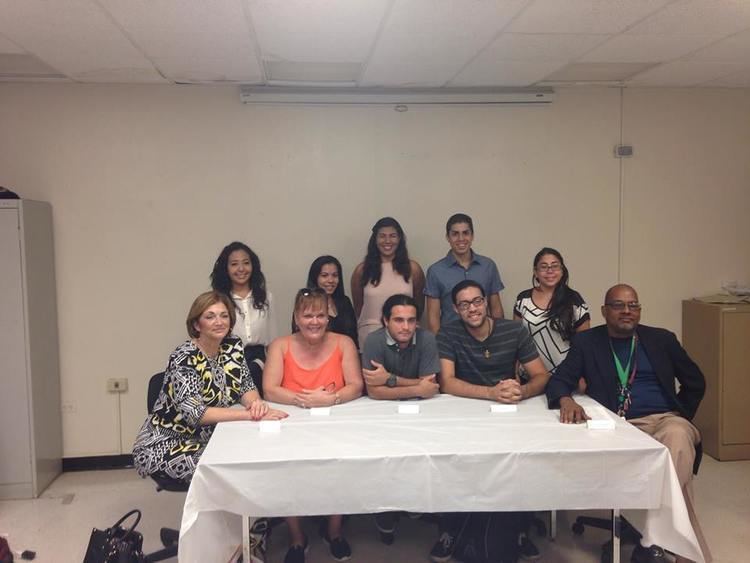
A defunct cola bottling operation in town produced "Vita Cola", a popular soft drink in Puerto Rico between the late 1940s and early 1960s.
Mayaguez was a major rum producing city in Puerto Rico between the 1930s and 1970s. Several brands were produced by the citys three rum distillers. The most successful rum producing operation at the time was that of "Jose Gonzalez Clemente y Co.", the bottlers of "Ron Superior Puerto Rico", an award-winning dark rum that was bottled between 1909 and the late 1970s.
Tourism
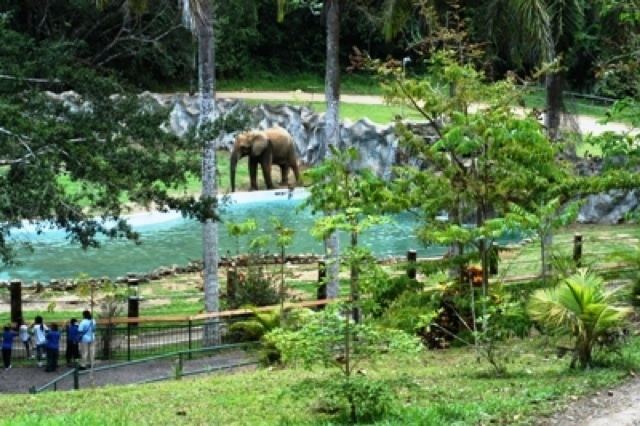
Festivals and events
